S-76A++ Rotor Brake Fire (N911FK of Trauma Star)
On 16 December 2017 Sikorsky S-76A++ N911FK of Trauma Star was damaged by fire near Islamorada in the Florida Keys, shortly after completing a helicopter air ambulance flight to pick up a stabbing victim.
The Fire
The US National Transportation Safety Board (NTSB) explain in their safety investigation report (issued in February 2021) that…
…the flight departed Florida Keys Marathon International Airport (MTH), Marathon, Florida, about 0637 for an air medical trauma patient pickup; the pilot landed at a pre-surveyed landing zone [on a sports field at the Coral Shores High School] at about 0650…
The Trauma Star Part 135 General Operations Manual states that for ‘Ground Operations at Off Airport Landing Sites’:
Once the aircraft has landed, the pilot will apply the rotor brake and stop the aircraft rotor system. The pilot will then advise the medical crew when it is safe to exit the aircraft. Trained medical crew will supervise the preparation of the patient for loading into the aircraft, including ensuring the patient is adequately secured to the litter, removal of any unsecured sheets or blankets from the litter assembly, etc. Ambulances may bring the patient to the aircraft but will not approach within 30 feet of the aircraft or rotor system.
The pilot, who had 5850 hours of total experience, 685 hours on type,…
…positioned the engine controls to idle and the main rotor speed (Nr) was less than 60% before he applied the rotor brake to stop the rotors. After the rotors stopped, the paramedic and flight nurse exited the helicopter to attend to the patient.
The pilot indicated that after the medical crew departed the helicopter, he noticed that the No. 1 engine temperature was fluctuating with an increase in the inlet turbine temperature, so he shut down the No. 1 engine. The operator reported that, about the same time, the flight nurse noticed dark smoke coming out of the main rotor gearbox cowling area of the helicopter. The flight nurse reported that the smoke was accompanied by sparks, which shortly after turned into flames; she and the paramedic ran toward the helicopter and signalled the pilot about the fire.
The pilot reported that he noticed the flight nurse waving her arms and warning of a fire but did not observe any cockpit indications of a fire; however, he shut down the No. 2 engine and observed flames when he partially exited the helicopter. He discharged both engine fire bottles and then exited the helicopter. He stated that the fire continued to burn until fire department personnel extinguished it.
NTSB Safety Investigation
The thermal damage observed in the main rotor gearbox compartment appeared centered around the rotor brake.
Overall View of Intake, Transmission and Rotor Disk Compartment After Removal of Several Components to Facilitate Examination: Trauma Star S-76A++ Air Ambulance N911FK (Credit: NTSB)
The rotor brake control components did not exhibit evidence of anomalies that would have either led to its uncommanded engagement with rotors turning or sustained engagement after disengagement of the rotor brake.
Raised material found on the rotor brake disk surface was consistent with fused material from the rotor brake pads. Both forward and aft brake pucks extended when hydraulic pressure was applied to the brake calipers. The forward pucks of the left and right brake calipers did not automatically retract when hydraulic pressure was removed, but they were manually retracted without difficulty.
The NTSB note that:
The rotorcraft flight manual supplement (RFMS) for the accident helicopter mentioned the possibility of a rotor brake fire if pressure has been applied to the rotor brake system that resulted in a rotor brake puck dragging against a brake disk. However, with hydraulic pressure removed, it is unlikely the forward pucks of the left and right brake calipers would have asserted enough force on the rotor brake disk to increase friction between the puck and brake disk to cause these components to heat up enough to result in a fire.
The investigation examined the engines:
The No. 1 engine did not exhibit evidence of anomalous damage. There was no evidence of thermal damage to both engines’ exteriors. However, the gas generator turbines and thermocouples from the No. 2 engine exhibited thermal damage. Because thermal damage was not observed on the compressor stages, it is unlikely the thermal damage internal to the No. 2 engine was caused by the fire from the main gearbox compartment. Thus, it is likely the internal thermal damage to the No. 2 engine was caused by excess fuel flow into the combustion chamber of the engine. The No. 2 engine fuel control unit (FCU) functioned normally on the test bench…. A check of the rigging between the cockpit engine control levers (ECL) and the FCU throttles revealed no anomalies.
The NTSB concluded that:
Given that the engine FCU bench test was normal, it is likely that, after landing the helicopter, the pilot activated the rotor brake while the No. 2 engine FCU throttle position remained in the flight position and the No. 2 ECL was set to a condition to govern Np. As Nr, and consequently Np, dropped with the application of the rotor brake, the No. 2 engine FCU increased fuel flow to compensate, likely to its maximum rate, which resulted in thermal damage to the engine. The application of the rotor brake increased friction and heat as the additional fuel continued to provide power to the engine; thus, with the rotor brake force applied and with the No. 2 engine attempting to overcome it, the friction increased until a fire ignited near the rotor. The specific origin of the fire could not be determined; however, given the pilot’s report that the area around the rotor brake assembly generally can accumulate slung grease and oil, it is possible that these materials, when exposed to the hot rotor brake disk, could have ignited and exacerbated the risk and spread of fire.
NTSB Probable Cause
The pilot’s activation of the rotor brake while the No. 2 engine was still set to govern the power turbine speed, which resulted in continuous power being applied to the rotor while the rotor brake was engaged and led to excessive friction, heat, and a subsequent fire in the area of the rotor brake.
Safety Resources
The European Safety Promotion Network Rotorcraft (ESPN-R) has a helicopter safety discussion group on LinkedIn. You may also find these Aerossurance articles of interest:
- HF Lessons from an AS365N3+ Gear Up Landing
- Unanticipated Yaw: Loss of Control During Landing Site Survey
- That Others May Live – Inadvertent IMC & The Value of Flight Data Monitoring
- US Air Ambulance Near Miss with Zip Wire and High ROD Impact at High Density Altitude
- Fatal US Helicopter Air Ambulance Accident: One Engine was Failing but Serviceable Engine Shutdown
- Hanging on the Telephone… HEMS Wirestrike
- Air Ambulance Helicopter Downed by Fencing FOD
- Ambulance / Air Ambulance Collision
- SAR Crew With High Workload Land Wheels Up on Beach
- Dim, Negative Transfer Double Flameout
- An AW109SP, Overweight VIPs and Crew Stress
- NTSB Investigation into AW139 Bahamas Night Take Off Accident
- HEMS Black Hole Accident: “Organisational, Regulatory and Oversight Deficiencies”
- HEMS S-76C Night Approach LOC-I Incident
- Life Flight 6 – US HEMS Post Accident Review
- Taiwan NASC UH-60M Night Medevac Helicopter Take Off Accident
- SAR Helicopter Loss of Control at Night: ATSB Report
- Fatal Fatigue: US Night Air Ambulance Helicopter LOC-I Accident
- Deadly Dusk Air Ambulance Bird Strike
- UPDATE 21 August 2021: Air Methods AS350B3 Night CFIT in Snow

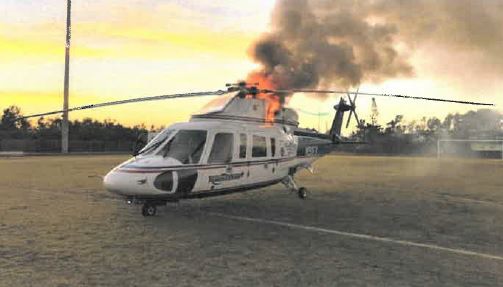
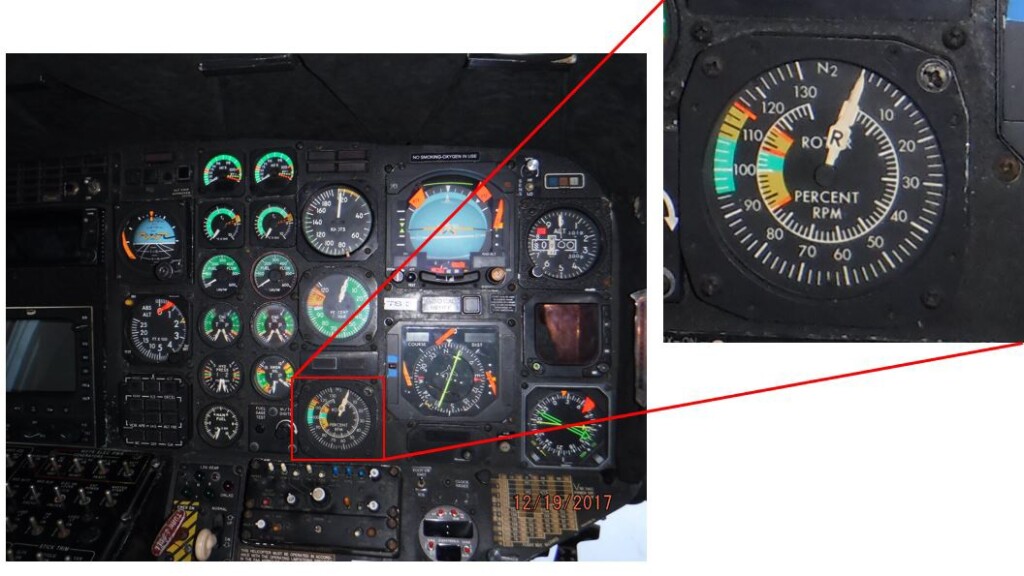
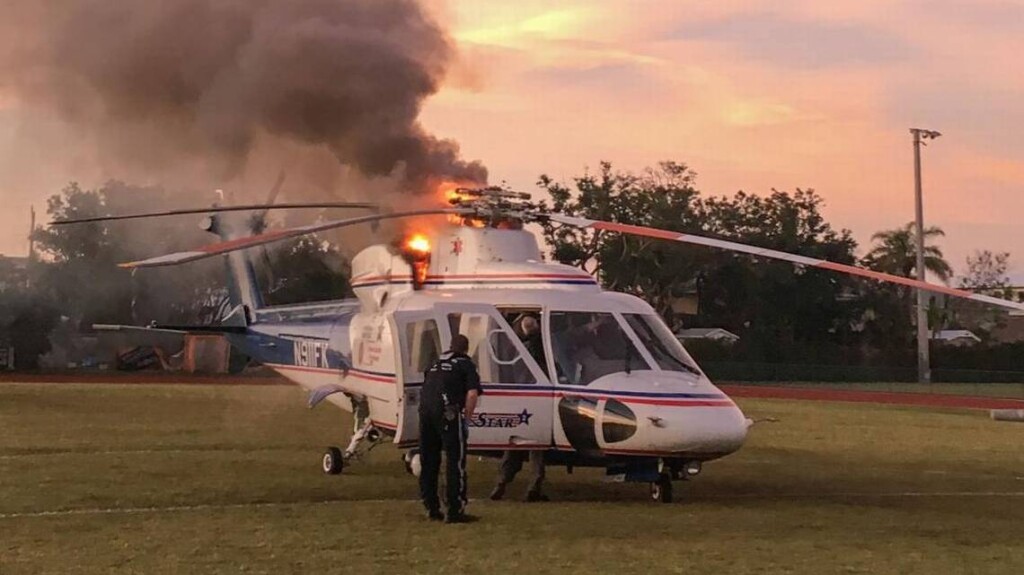
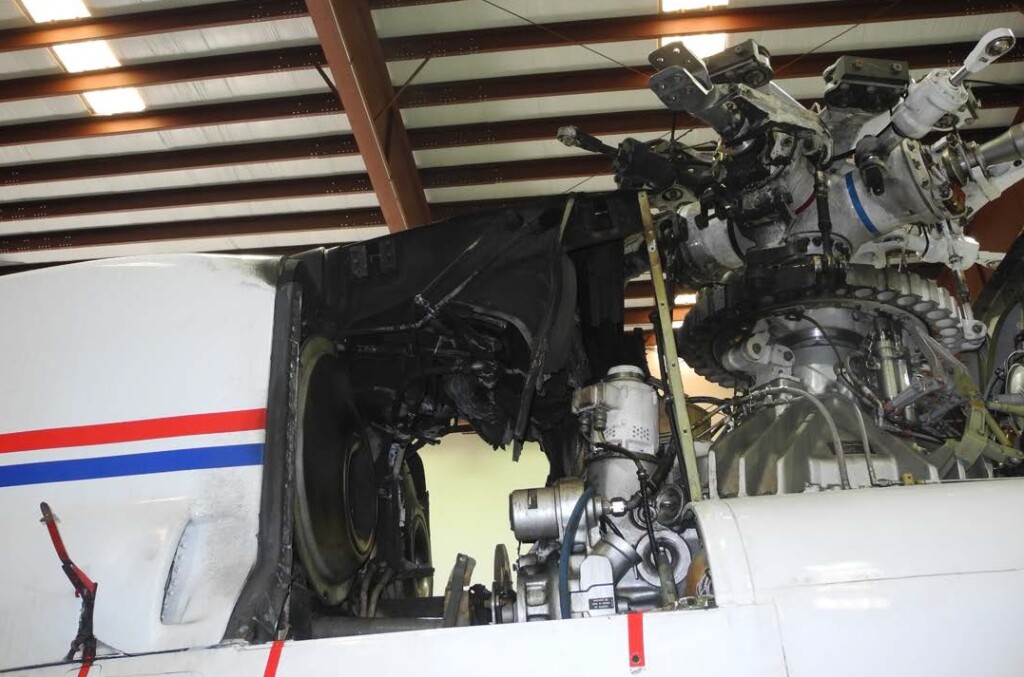
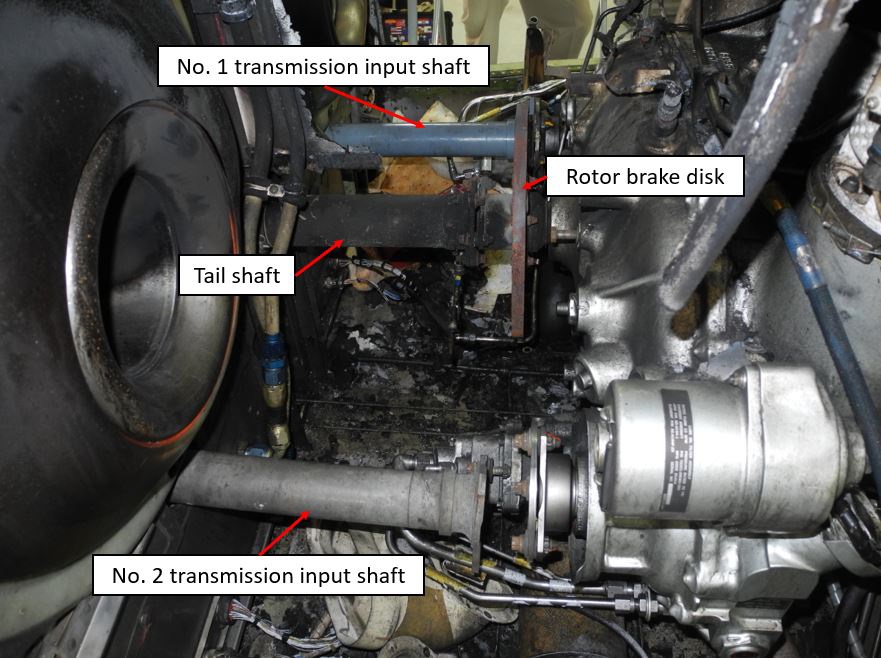
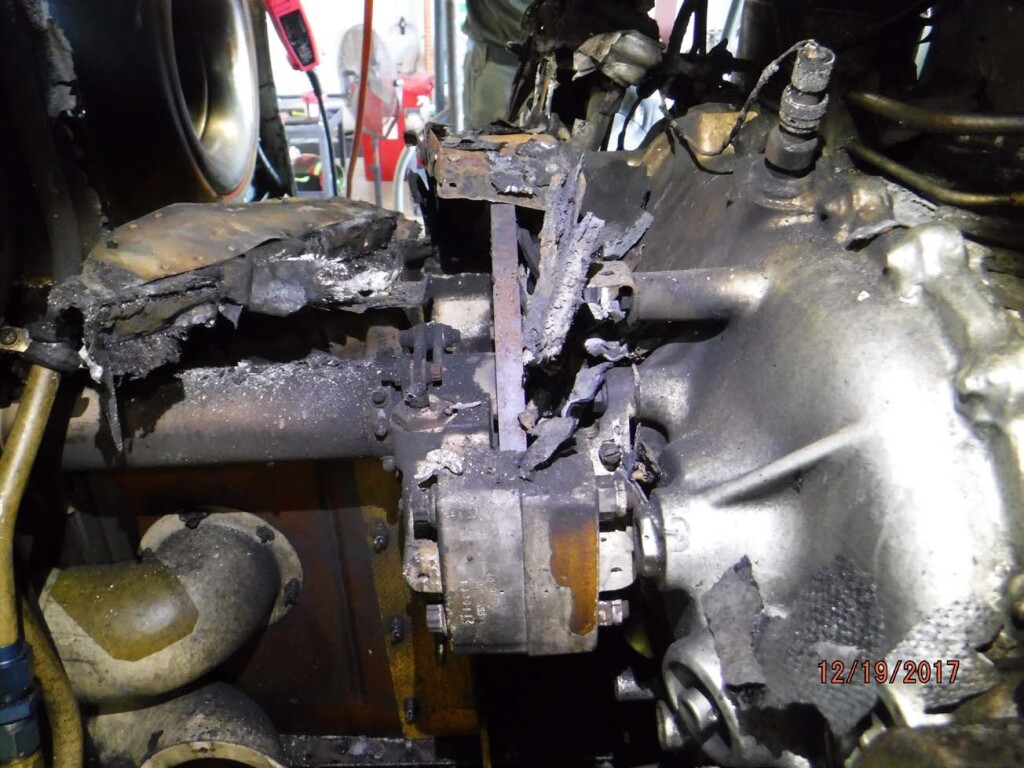

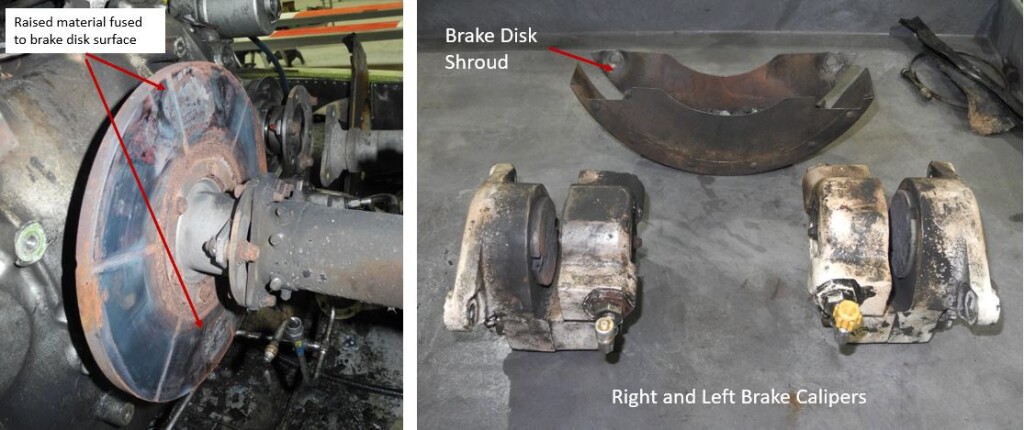
Recent Comments